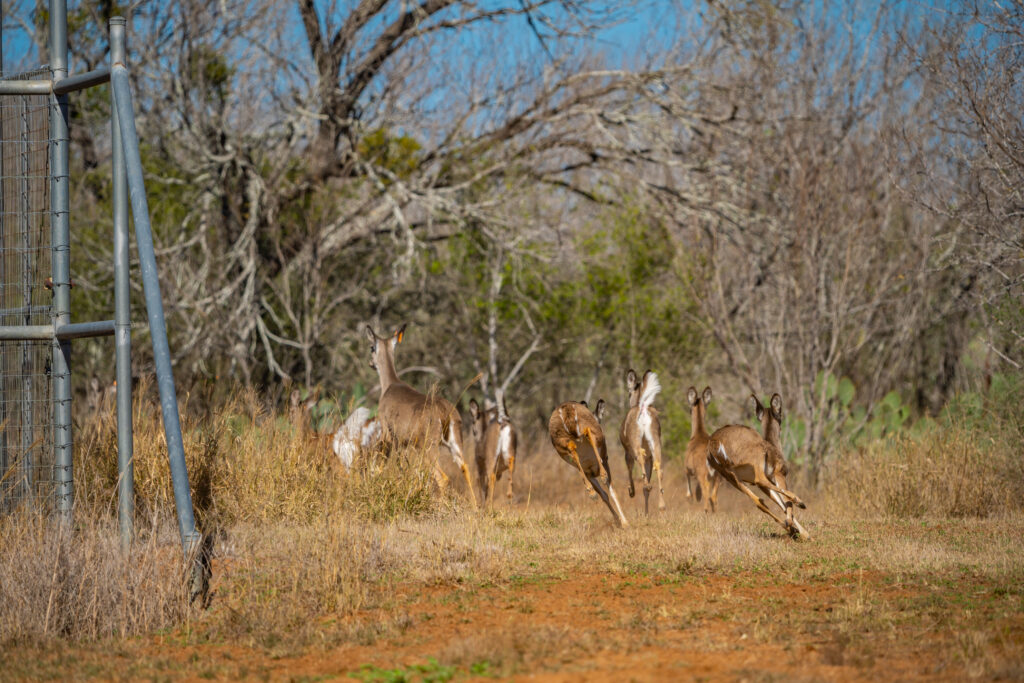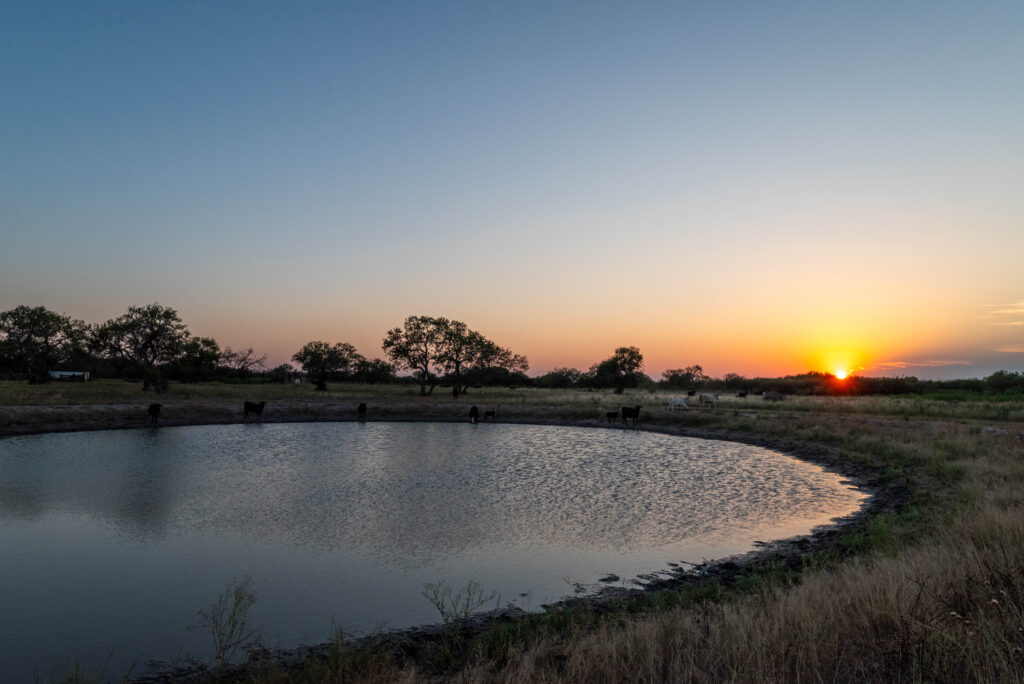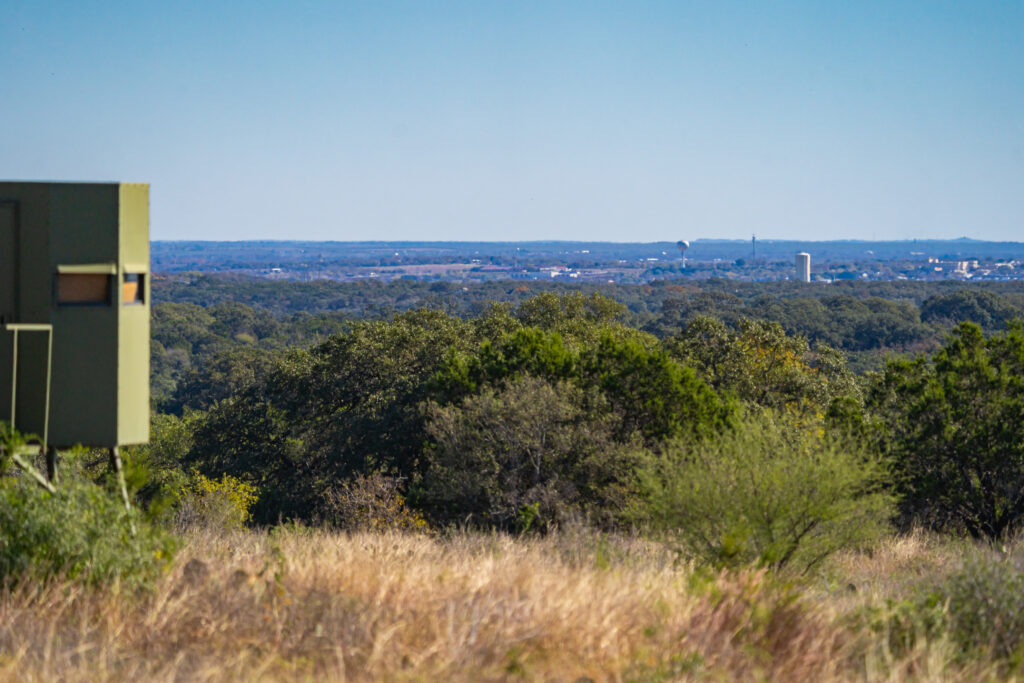By Mark R. Matthews, Principal & Partner



It is the time of year when some landowners may receive letters from their county appraisal districts concerning their property’s agricultural valuation status. Historically, it was generally infrequent for a landowner to receive a notice requesting a new application except in the case of a change of ownership or when the Chief Appraiser had reason to believe a specific property may no longer qualify for 1-d-1 Ag appraisal (Note, a conversion to wildlife management will also trigger the need for a new application in addition to other requirements). It appears now there may be another reason for a notice to re-apply. Based on calls we are receiving from clients, it appears that more than a few county appraisal districts are now requiring new applications for 1-d-1 agricultural appraisal status every 5 years. While this does not appear as a requirement in the Comptroller’s manual, it is happening in places.
A change of ownership of a property requires the new landowner to apply for 1-d-1 agricultural appraisal status by April 30th of the following year of change of ownership. A sale of the property, inheritance, and even an assignment to a new entity are all events that an appraisal district sees as a change in ownership. The most common reason for not getting approved for 1-d-1 agricultural appraised value is simply not filing the application. The cause is usually as simple as the appraisal district not having the correct mailing address and/or the new landowner not receiving the notice. The landowner usually discovers the property no longer has agricultural valuation when they receive a notice of property value or the tax bill. Unfortunately by the time those notices arrive, it may well be past the deadlines to apply or appeal and the common remedy is to pay the full value tax for one year, apply, and reenter 1-d-1 agricultural valuation, if allowed. Unfortunately, for properties under wildlife management that miss a year due to a notice issue, we have seen cases where the appraisal district requires the property to engage in regular agricultural practices and then again convert to wildlife after one or more years which can be difficult and costly for some operations.
In addition, properties that utilize wildlife management as a tool to receive 1-d-1 agricultural valuation status must file an annual report by April 30th of the following year. The report must include proof that the practices that are included in the wildlife management plan have been maintained or implemented. Approved wildlife management practices must be reported. Practices include at least three of the following: (1) habitat control; (2) erosion control; (3) predator control; (4) providing supplemental supplies of water; (5) providing supplement supplies of food; (6) providing shelters; and (7) making census counts to determine population. Examples of acceptable proof of practices completed during the year should be part of the annual report and might include feed invoices, photographs of watering stations, a helicopter survey invoice, a harvest log, etc. Some appraisal districts require more than others. For example, one appraisal district we interact with is currently requiring a minimum of 5 feed invoices.
In some instances, elderly landowners’ properties have been removed from 1-d-1 agricultural valuation due to not reapplying even though the land has had agricultural valuation for decades and the land use has not changed. These landowners likely did not reapply due to various reasons like being incapacitated, moving to a nursing home, incorrect addresses or simply not understanding what they needed to do after decades of paying taxes based on the same ag practices on the land. I have requested clarification from the state Comptroller’s office as to the authority granted to the local appraisal districts allowing these “blanket” requests and if necessary initiate an effort to get a bill introduced to exempt elderly landowners from being required, simply due to the passage of time, to reapply for 1-d-1 agricultural status after the age of 65.
In summary, many appraisal districts are now requiring new applications with a broad brush, not because they have reason to believe that a property no longer qualifies. This change in practice requires landowners to be vigilant:
- Check your mail and check the new year’s valuation information online,
- Re-apply timely when requested by the appraisal district,
- If you are on wildlife management, turn in your complete annual reports and related documentation before April 30 of the following year,
- Update 5-year wildlife management plans timely or as requested.
If you notice anything out of order or do not understand what is being asked for, call the appraisal district and get clarity immediately before the passage of time makes things more complicated.
1-d-1 agricultural valuations on qualifying open space are important to maintain for economic reasons, both from an annual operating expense standpoint and a property value standpoint. This 1-d-1 tax valuation has been appropriately in place since 1978 (with wildlife management added in 1995) and has never been more important.